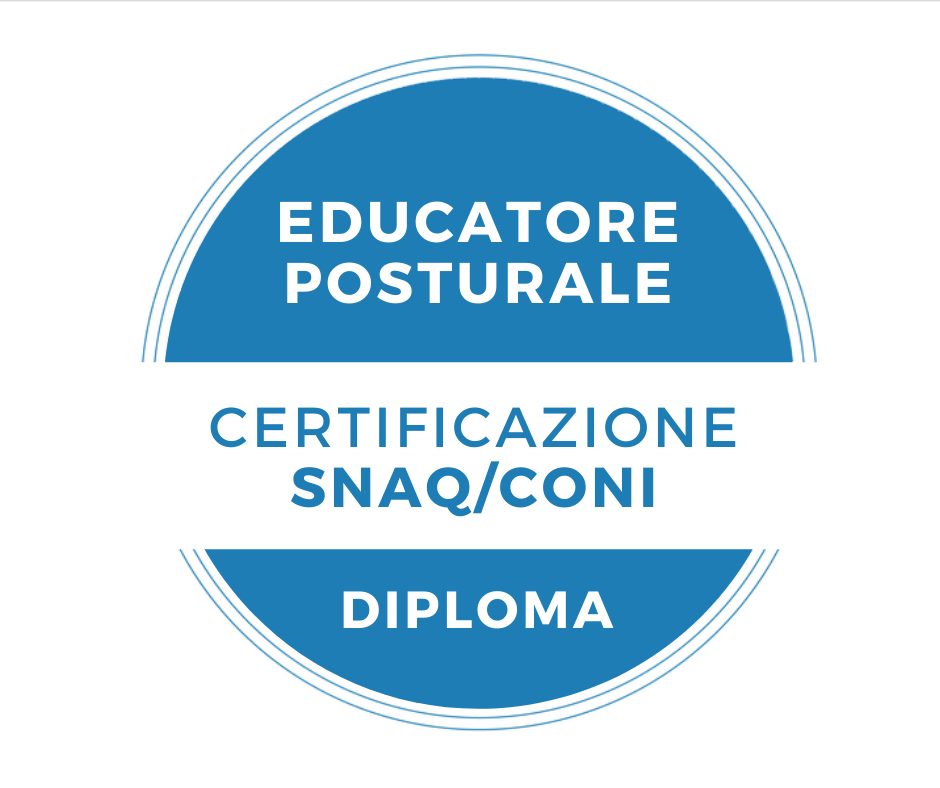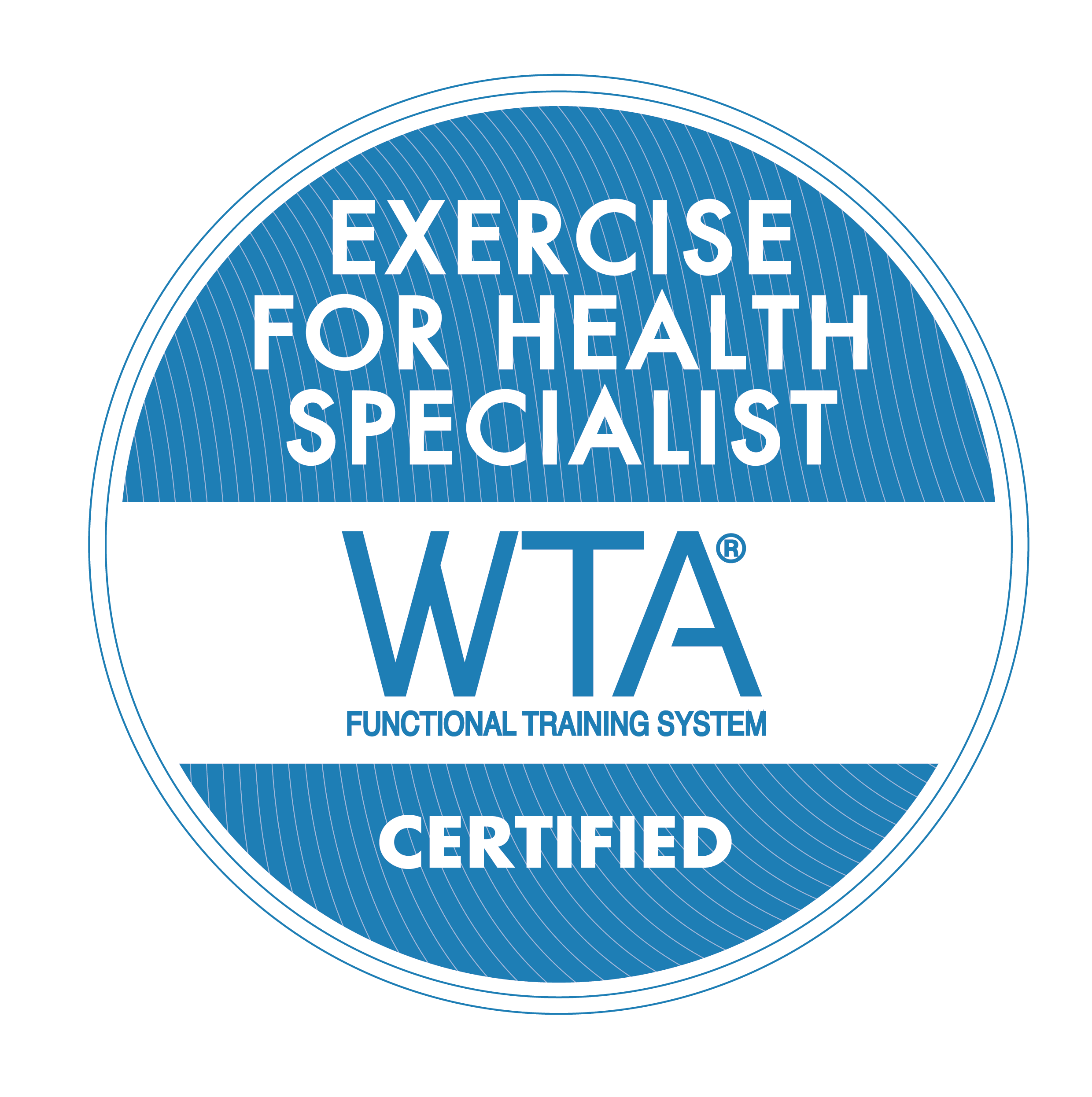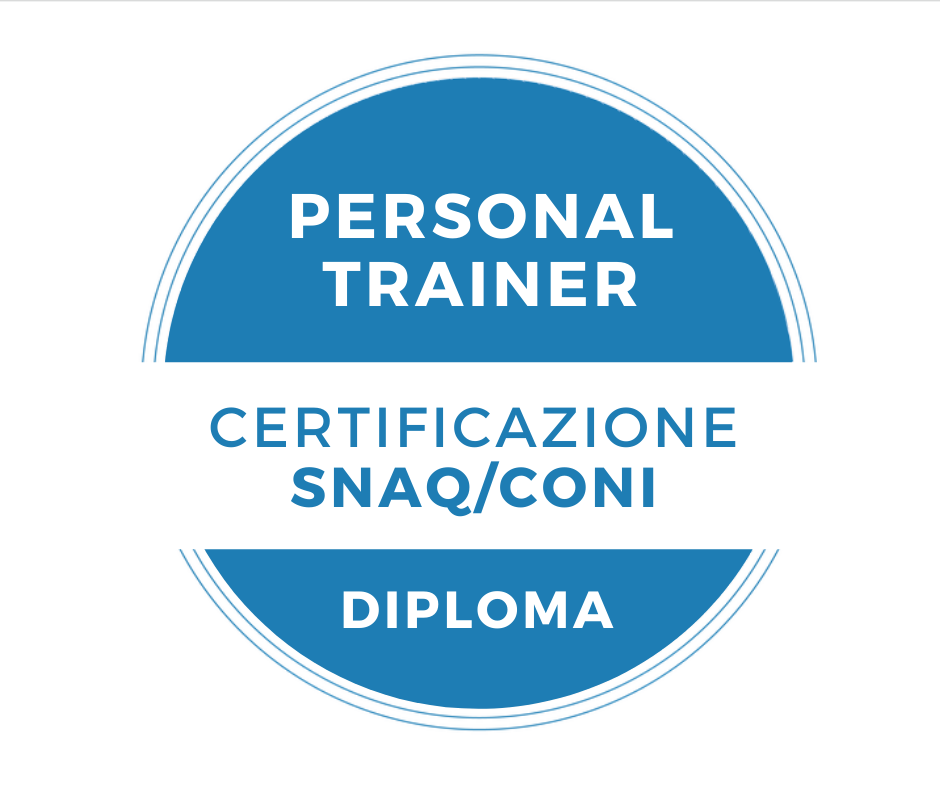Masters in Anatomy and Applied Biomechanics in Functional Training
-
This Masters aims to satisfy two specific needs that, after more than 15 years of experience in the Education of Functional Training, we have found to be constantly recurring:
- to allow the Instructors who, in their previous training courses, have not yet deepened their knowledge of the Anatomy and, above all, of the Biomechanics of the movement of the human body, to remedy this major training deficiency, with a knowledge of subjects that we consider to be fundamental to fully understand why the exercises can be done only and exclusively with a determined technique (dictated precisely by biomechanics!);
- to provide graduates in Sports Science with a comprehensive framework of understanding that establishes the relationship between all the scientific elements underlying the movement of the human body, with fundamental links directly to the practical exercises of Functional Training. Anatomy, Physiology, Biomechanics, and Science closely interconnect with each other in the service of the technique of the practical exercises of Functional Training!
To definitively clarify how we must execute determined movements and, therefore, the exercises of Functional Training, we must have a perfect knowledge of all the dynamics that exist between the neuro-muscular system and the central nervous, musculoskeletal, myofascial, cardio-circulatory-respiratory, and hormonal endocrine systems to manage the application of biomechanics to the practice!
- to allow the Instructors who, in their previous training courses, have not yet deepened their knowledge of the Anatomy and, above all, of the Biomechanics of the movement of the human body, to remedy this major training deficiency, with a knowledge of subjects that we consider to be fundamental to fully understand why the exercises can be done only and exclusively with a determined technique (dictated precisely by biomechanics!);
-
What you will learn:
// What the differences are between the sectoral and global functional approach to biomechanics;
// What the scientific foundations of global multiplanar biomechanics are;
// How to use an in-depth knowledge of anatomy, joint physiology, and biomechanics to improve the executive technique of Functional Training exercises;
// How to use an in-depth knowledge of anatomy, joint physiology, and biomechanics to prevent injuries during training;
// How to use an in-depth knowledge of anatomy, joint physiology, and biomechanics to increase performance in athletic sport conditioning;
// How to use an in-depth knowledge of anatomy, joint physiology, and biomechanics to increase muscle and hormonal responses in the training aimed at aesthetics;
// The Anatomy and Biomechanics of the spine: from the theory to the practice of the exercises;
// The Anatomy and Biomechanics of the hips, pelvic girdle, and lower limbs: from the theory to the practice of the exercises;
// The Anatomy and Biomechanics of the shoulder complex and the upper limbs: from the theory to the practice of the exercises;
// The difference between Global Multiplanar Joint Mobility and traditional sectoral Stretching, and its importance in the restoration of full joint functionality in the service of the correct biomechanics of the movements.Index of topics of the Master Program:
• WTA Functional Training®: the scientific principles and the history of physical conditioning on which the method is based;
• WTA Functional Training®: the application of principles deriving from over ten years of daily experimentation in the field by thousands of WTA Trainers operative in gyms, sports centres, and medical centres;
• WTA Functional Training®: applications in the prevention of pain and injuries and in post-traumatic recovery;
• WTA Functional Training®: applications in general physical training and specific sport conditioning;
• inflammatory pathologies and injuries: types and statistics in relation to movements in daily life and in various specific sports;
• the coordinative and conditional capacities in relation to the biomechanics of the movements applied to physical conditioning;
• the neuro-motor patterns: the biomechanical movements of the human body in the three planes of movement;
• the musculoskeletal system: the skeleton, muscles, and joints, and the relationship with other systems (nervous, vascular, and fascial) in the control of multiplanar movements;
• the anatomy and biomechanics of the “Core Area”: the spine and pelvis connection with the shoulder girdle/cranium;
• the anatomy and biomechanics of the “Hips Area”: the pelvic complex – the hips and lower limbs;
• the anatomy and biomechanics of the “Shoulders Area”: the shoulder girdle and the upper limbs;
• applications of functional biomechanics in the characteristic gestures of various sports and in those of daily life;
• functional biomechanics as a basis of action for the prevention of injuries;
• functional biomechanics as a basis of action for subjects in their recovery from injuries;
• functional biomechanics as a key to success in general and specific physical conditioning. -
Master Trainer Emilio Troiano
-
Online Course: the Masters in Anatomy and Applied Biomechanics in Functional Training is only available Online.
-
Online Course: once you have purchased the Master you can access your own Reserved Area in which you will have the complete course manual viewable in pdf format, the evaluation cards and the training programs downloadable in pdf.
Your Reserved Area is equipped with a high information security format.
The only technology you will need in order to consult the teaching material in the Reserved Area is Adobe Reader (for the pdf files).
The teaching materials are compatible with: Microsoft Windows, Mac, iPhone, iPad, and Android. -
After having purchased the Master (immediately if paying by credit card or PayPal; after receipt of the confirmation of payment if making the payment by bank transfer), you will receive an email (to the email address you indicate when purchasing the course), with details of how to access your Reserved Area where you will find the Master you have purchased.
From that point, you have unlimited access to your Reserved Area, without deadlines or expiration dates. -
This Master has not an exam, because for this Master you will receive a Certificate of Attendance, not a Diploma.
-
Certificate of Attendance at the Masters in Anatomy and Applied Biomechanics in Functional Training that is valid for:
- inclusion in the prestigious Official Register of WTA Instructors and in the Professional Databank (free of charge).
- inclusion in the prestigious Official Register of WTA Instructors and in the Professional Databank (free of charge).
-
The Masters in Anatomy and Applied Biomechanics in Functional Training certification entitles students to training credits towards the following Educational Pathways:
- Educational Pathways for WTA Specialisation Qualifications: Personal Trainer - Postural Trainer - Exercise for Health Specialist
- Educational Pathways for WTA Specialisation Qualifications: Personal Trainer - Postural Trainer - Exercise for Health Specialist
-
On attainment of the Diploma, the Trainer, in addition to receiving the Diploma, is incorporated in the prestigious Official Register of WTA Instructors, within their own region.
This Register, in addition to being the only official document accessible to the public which testifies the real competence of the Trainer, is a true and proper Professional Database which is open both to clients who are looking for a competent Trainer in which to trust, and to the owners of gyms who are looking for Professionals to include in their Instructor Staff.
In fact, the high level of professionalism of the WTA Training, universally recognised since 2009 in all physical fields (from athletic conditioning, to medical gymnastics applications, to purely aesthetic fitness), allows the WTA Trainer to be inserted in any sporting environment in which the functionality of the Movement of the human body is indispensable for the health and efficiency of the person, be they an athlete of a specific sports discipline or a person who wants to recover or improve their state of health and physical form.
To date, the WTA Method, through the great work of over 20,000 Trainers trained since 2009, has been applied with great success in all professional sports, in medical and physiotherapy centres, and in thousands of private and commercial gyms.
In particular, the fields of application in which the WTA Trainer is most in demand are those relating to:- Conditioning of Joint Mobility, prevention of injuries, and post-traumatic recovery;
- Conditioning of Functional Strength in Sports;
- High Intensity Functional Training;
- Increasing biomechanical and neuro-motor skills both for general and specific sports;
- Aesthetic training associated with the improvement of the Posture;
- Group training for any type of level and target.
-


